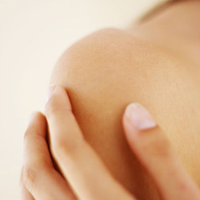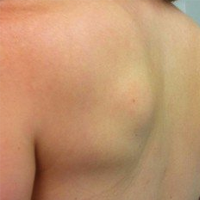Lipoma Removal

For the most part lipomas due not pose any problems and no treatment is necessary. However, in some cases a lipoma, although painless, can cause distress especially when their presence or appearance generates aesthetic complications.
Lipoma removal is performed by a simple procedure where an excision is made over the lump and the fatty tumour is removed. The skin is then stitched up and within a short period of time the sutures heal leaving a scar. Overall, a lipmoma can be removed following a local anaesthetic and performed by your general practitioner at clinic. For larger lipomas surgery is carried out under a general anaesthetic and admission into hospital is necessary although a short stay is more than likely for the patient.
As with any surgery, lipoma removal can come with certain risks, although with monitoring these can be overcome and avoided. The most common occurrence following lipoma removal is that of fluid build up in the site where the lipoma was present. When fluid accumulates in the empty space it is often necessary to have it drained off especially if it does not clear and continues to build up.
In some cases, following removal of a lipoma an infection can come about and this is usually treated with a course of antibiotics. Bleeding is also common if the area where surgery was performed is highly sensitive or high a high volume of blood vessels within its proximity. On rare occasions there is the possibility that a nerve is damaged or a small piece of the lipoma is left behind causing the lipoma to develop and grow back.


